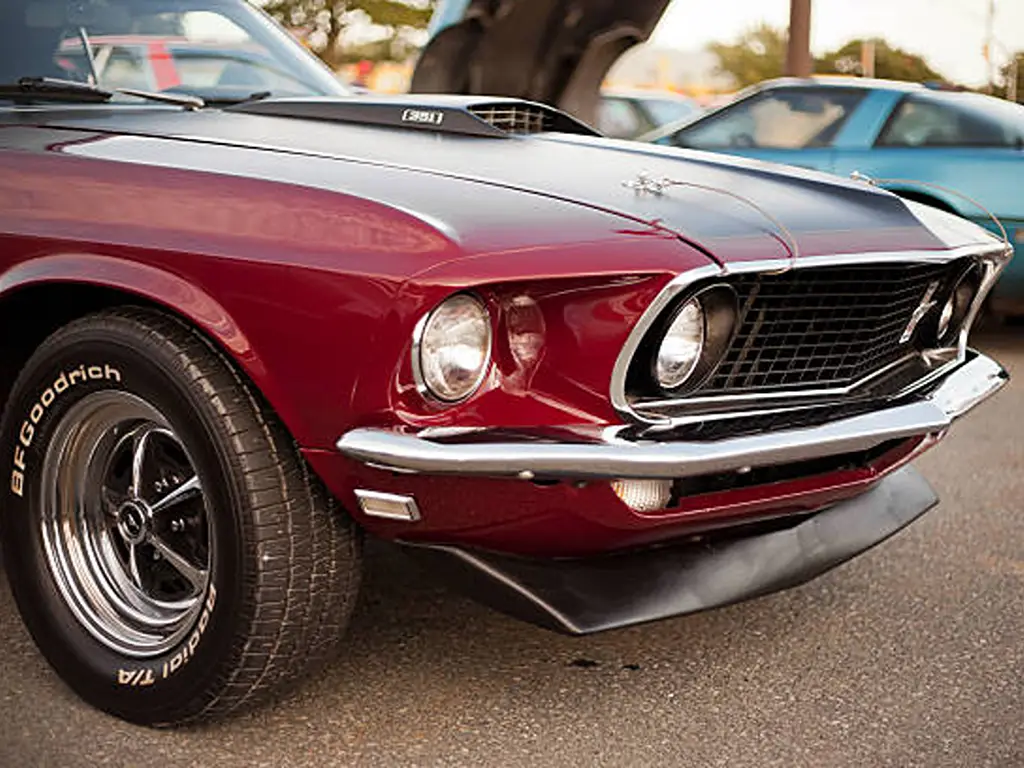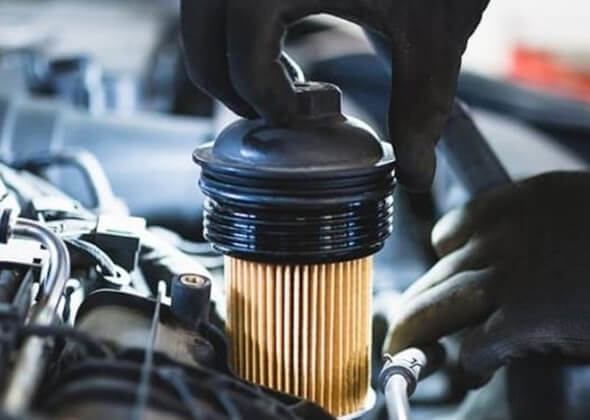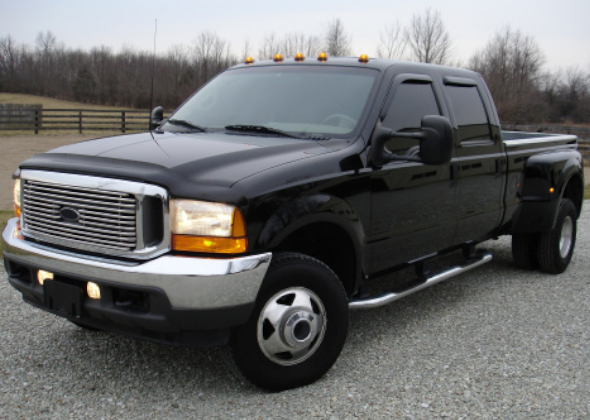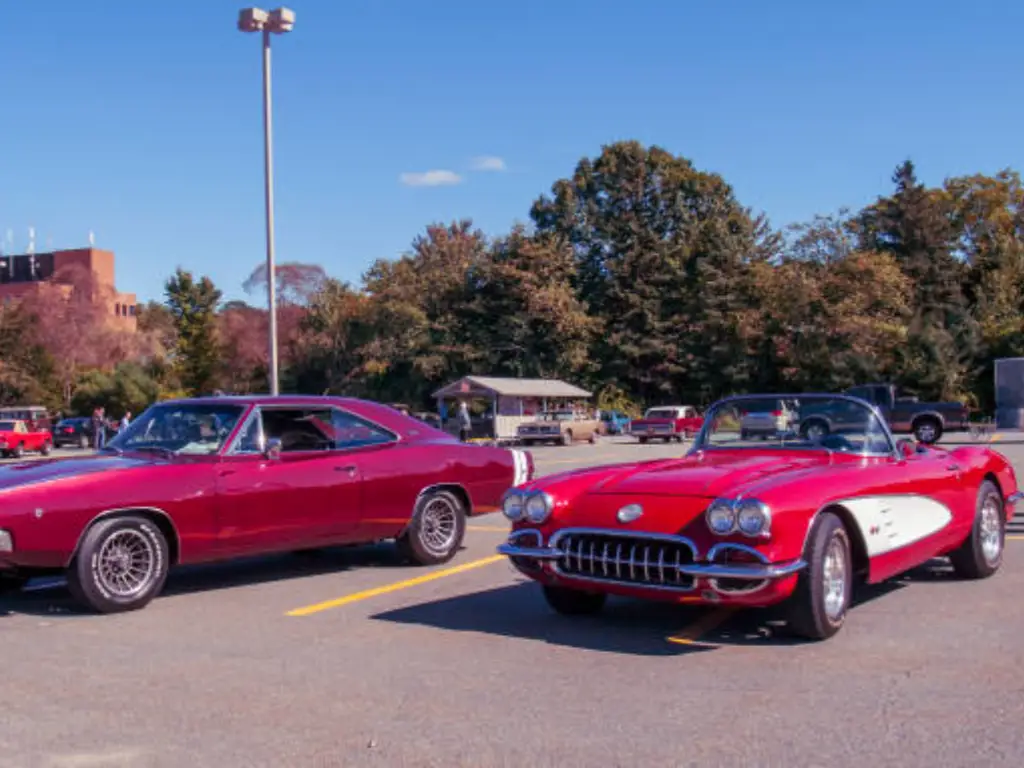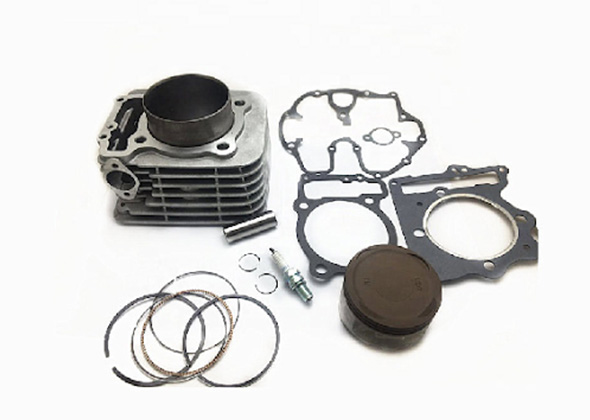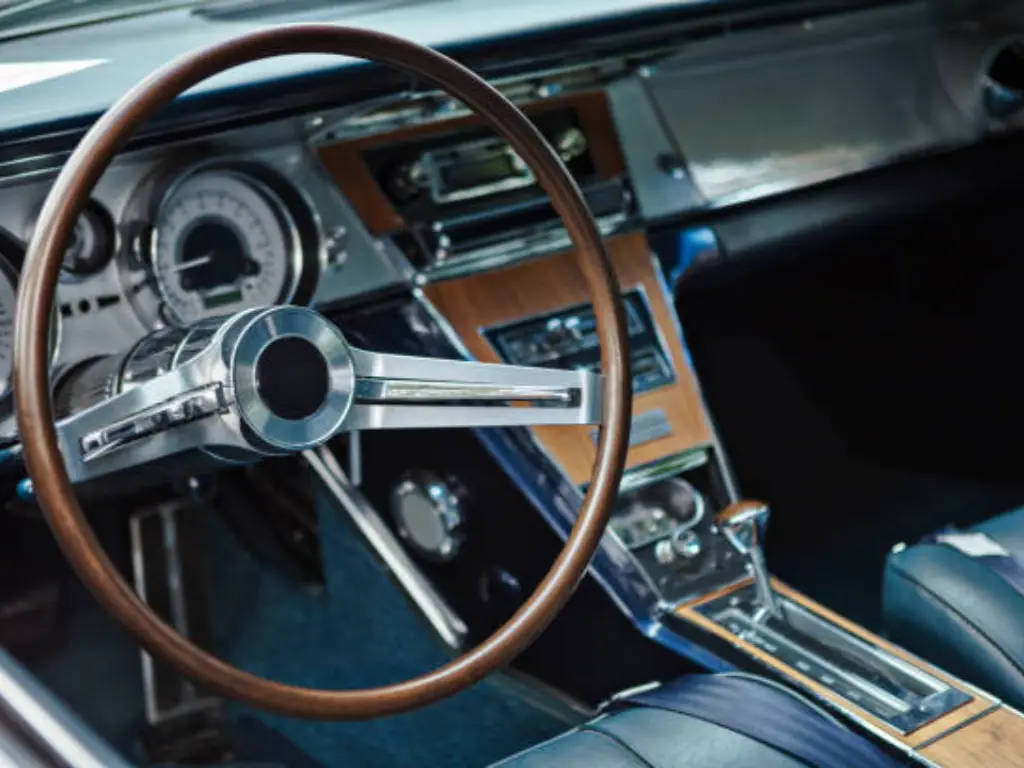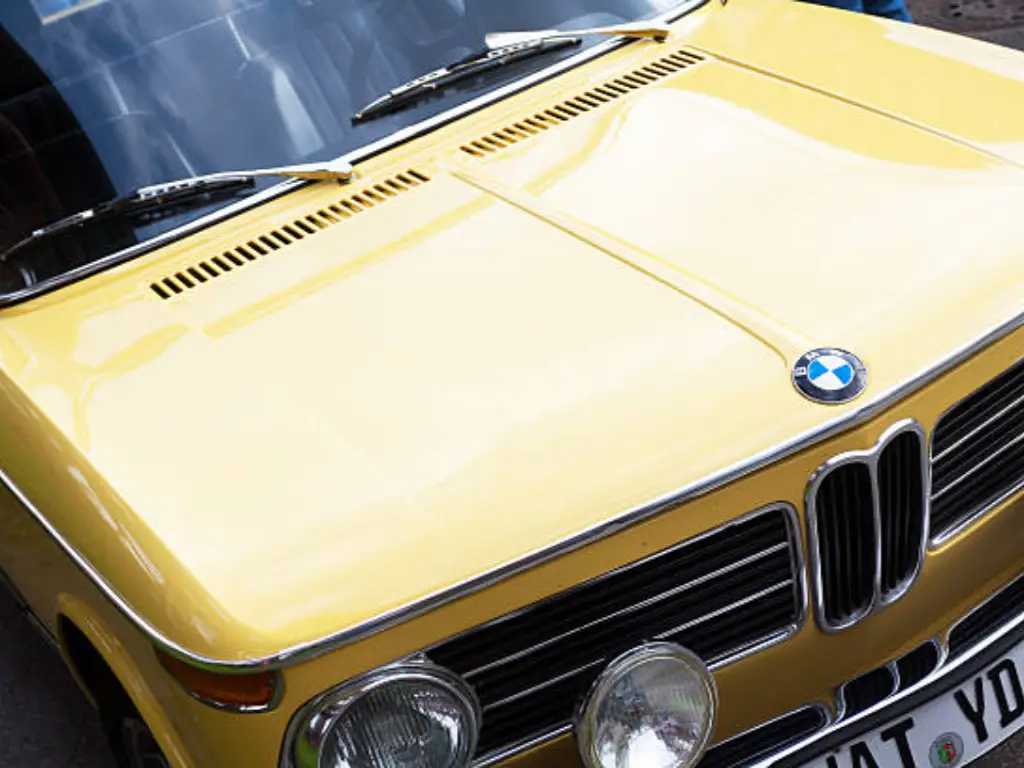
Introduction
There’s a unique language spoken by a classic BMW. It’s a dialogue between heritage and engineering, whispered in the whine of a straight-six engine and articulated through the precise feel of the steering wheel. For decades, Bayerische Motoren Werke has crafted more than just machines; they have created rolling sculptures that blend luxury with performance, defining eras and capturing the very essence of driving pleasure—Freude am Fahren.
But what elevates a mere old car to the revered status of a “classic”? It’s a blend of iconic design, motorsport pedigree, and a raw, analogue connection that seems increasingly rare in our digital age. This article is a journey through that legacy. We will explore the icons that built the brand, the M-powered legends born from the racetrack, and provide an essential guide for those who dream of holding the keys to a piece of this timeless elegance.
What Truly Defines a BMW as a “Classic”?
Although 25 years is a usual period by which a car is said to be a classic, in the case of a BMW, the boundaries go much further. It is not only about age but also about significance. A proper BMW is a car with at least four defining features:
- Pioneering Design: It has a design that was not only beautiful but also powerful, and it became a new fashion in its category, inspiring future generations of cars.
- Historical Effect: The model marked a breakthrough for the company- perhaps it rescued the company from the brink of financial disaster, or it established a new category of the market, or completely changed the way people view the brand.
- Motorsport Pedigree: It was either created as a homologation special to perform well on the road, or its performance success in on-road use was a direct consequence of technology that had undergone the crucible of the race track, where a single aerodynamic, engine displacement, etc., could be the difference between winning and losing.
- Cultural Resonance: The car had turned into a symbol of the age, a representative of a period, or a desirable automotive art that does more than just transport. In places such as Bavaria, where BMW has established itself most of all, they are not cars, but they are a living legacy.
The cars that come behind are not merely good at one of these categories; several of them are literally a masterpiece in all four, with some of them so well kept that their odometers are still at a few thousand km, paying tribute to the dedication of collectors all over the world.
The Icons: Models That Forged the BMW Legend
BMW has become the world powerhouse of what it is to date, but there are several models that laid its foundation and made the company known as a company of quality, performance, and unmatched style.
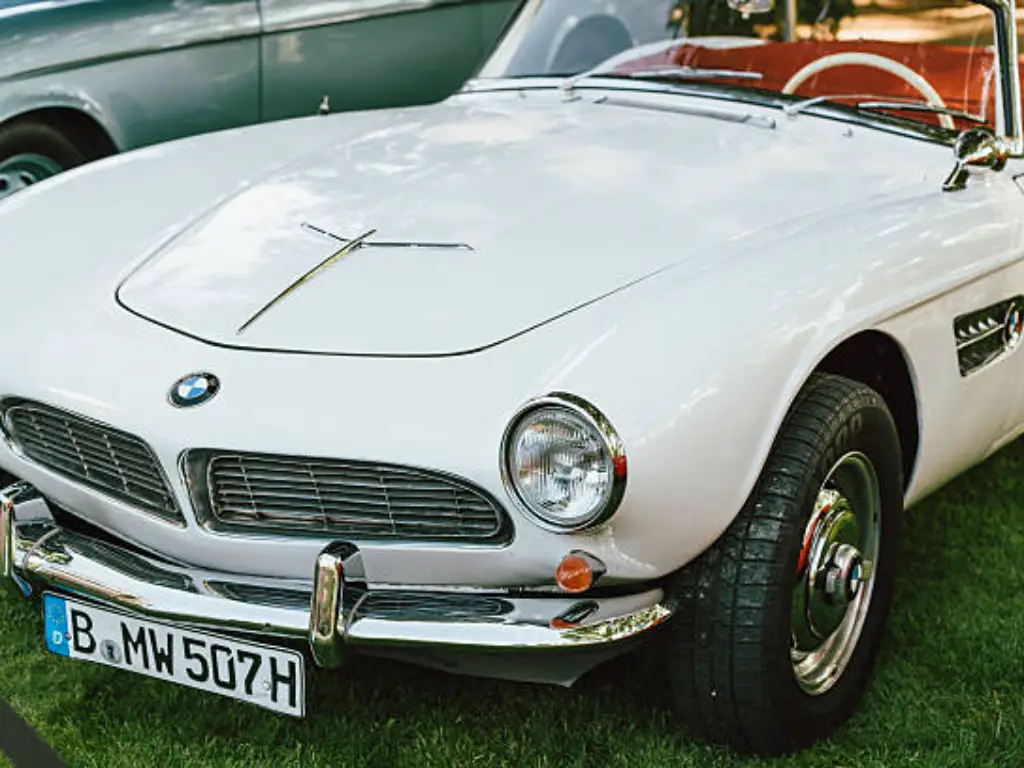
The BMW 507: A Hollywood Star’s Roadster
The BMW 507 was the commercial failure of what is arguably one of the most beautiful cars ever produced, and became a legendary success. Introduced in 1956, its flowing lines, written by Albrecht von Goertz, were to confront the Mercedes-Benz 300SL.
The lightweight aluminum V8 engine and a beautiful silhouette won the hearts of the elite, with Elvis Presley being the most notable among those who owned two. Nevertheless, its astronomical cost of production implied that BMW lost money on every single unit of the 252 units manufactured, a move that almost reduced the company to bankruptcy. Nowadays, its rarity and beauty contribute to it being a blue-chip collectible, with clean specimens sold at auction for more than $2 million. The 507 is the final evidence that the immediate success of the car does not make its legacy.
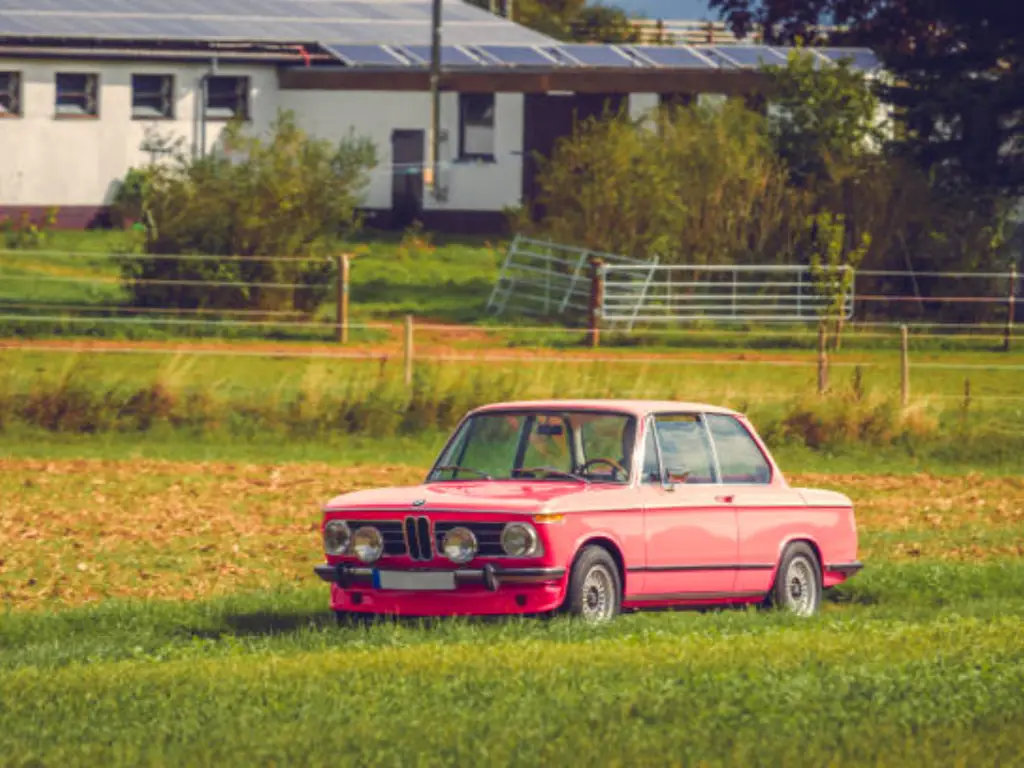
The BMW 2002: The Car That Created the Sports Sedan
The 507, being a representation of unattainable beauty, the BMW 2002 was the vehicle that put the performance spirit of BMW into the hands of the people. The 2002, which was launched in 1968, was an eye-opener and a derivative of the successful Neue Klasse (New Class) sedans. It was small, light, and steered the way an instrument does in a sensible family car.
The equation was easy: get a tiny two-door sedan and install a powerful 2.0-liter engine. The 2002tii high-performance model with the mechanical fuel injection and its 130 horsepower output could embarrass several of the sports cars devoted then. It pioneered the sports sedan segment single-handedly and established the genetic foundation of what would turn out to be the most recognizable BMW of all: the 3 Series.
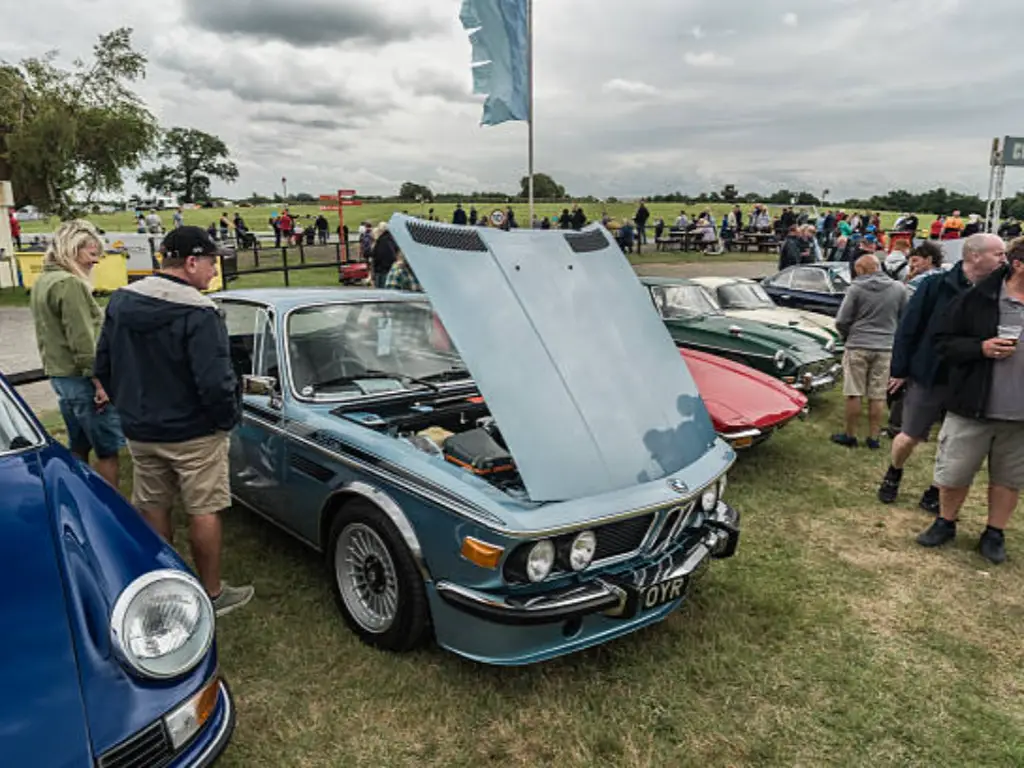
The BMW 3.0 CSL “Batmobile”: A Masterpiece of Art and Aero
BMW was required to make its smooth E9 coupe lighter and quicker in order to compete in the European Touring Car Championship. The consequence was the 3.0 CSL – Coupe Sport Leichtbau (Lightweight). The engineers of BMW were merciless and made the body even thinner with aluminum, as the doors and hood, and took out the trim and soundproofing.
The CSL is, however, best remembered by its last-generation version, dubbed the Batmobile. It was also equipped with an extreme aerodynamic package, including a huge rear wing, which, so far, was not legal to use on German roads and needed to be installed by the dealer upon purchase. This was aer,o but this one was an essential need, and this aero kit stuck the car to the road, so it ruled the European touring car racing much of the 1970s. Only 1,265 were ever built.
M Power: Motorsport Heritage for the Street
It has an M focusing on a single letter, which, to the fanatics, is the most potent letter in the automotive dictionary. It is an indicator of a close connection to the racetrack, a philosophy in which all parts are tuned to perform.
The BMW M1: A Wedge-Shaped Supercar Dream
The BMW M1 stands alone in the brand’s history: it is their first and only mid-engined supercar built for public sale. A collaboration with Lamborghini that famously went sour, the M1 project was eventually brought back in-house by BMW’s burgeoning M Division. With a stunning wedge-shaped body designed by Giorgetto Giugiaro and powered by the glorious 3.5-liter M88 straight-six engine, it was a technical marvel. To promote the car, BMW created the legendary Procar Championship, a one-make series that pitted Formula 1 drivers of the day against each other in identical race-prepped M1s. With only about 450 examples produced, the M1 is the genesis of the M brand and a holy grail for collectors.
The BMW E30 M3: The Most Successful Touring Car Ever
The E30 M3 wasn’t designed to be a road car. It was a race car, reluctantly adapted for the street to meet homologation rules for the DTM racing series. Its sole purpose was to win. And win it did. The E30 M3 is widely regarded as the most successful touring car in history, with more championships to its name than any other model. Its high-revving S14 four-cylinder engine, “box-flared” wheel arches, and telepathic handling created an unfiltered driving experience. It wasn’t the fastest car in a straight line, but on a winding road or a racetrack, it was practically untouchable. The E30 M3 is more than a car; it’s a statement of purpose and a benchmark for driver engagement that still stands today.
Modern Classics: The Analogue Heroes of the 80s and 90s
As cars became more complex, a special generation of “modern classics” emerged. These vehicles from the 1980s and 1990s offer a perfect blend of analogue driving feel with more modern reliability and comfort. Cars like the stunning BMW E31 850CSi with its mighty V12 engine, the quirky and beloved Z3 M Coupe (affectionately nicknamed the “clown shoe”), BMW 5 Series Alpina B7 turbo, and what many call the greatest sports sedan ever made, the E39 M5, all represent this golden era. They offer visceral feedback and a sense of connection that is a true treasure in today’s automotive landscape, and their values have been steadily climbing as more enthusiasts recognize their unique appeal.
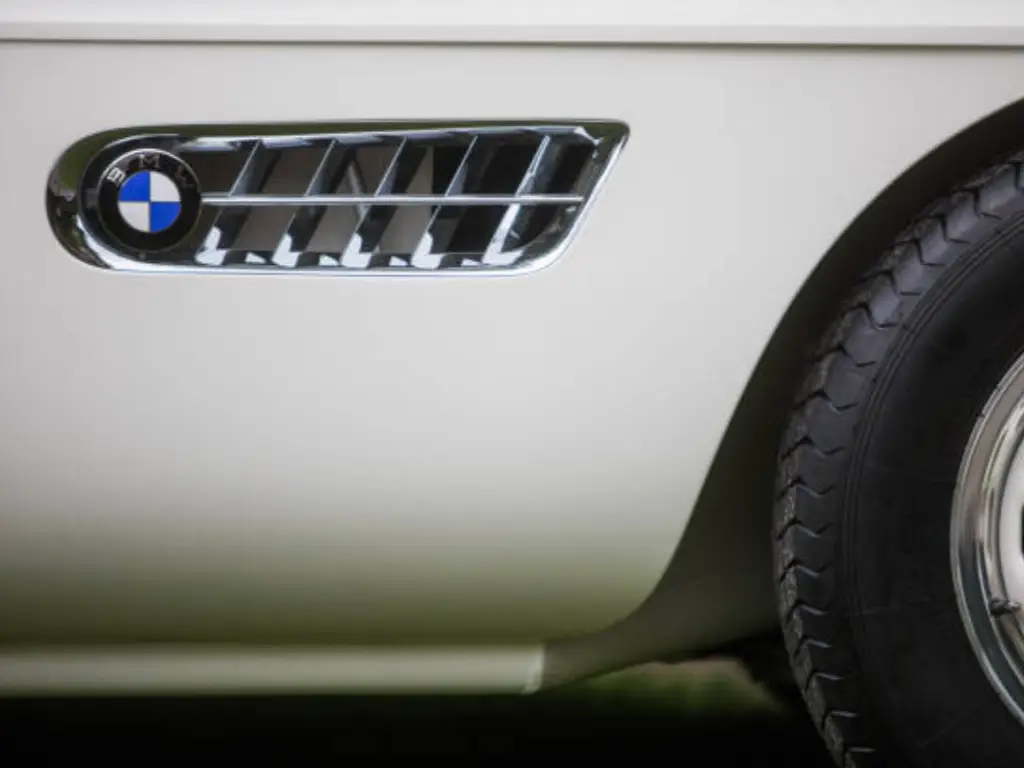
Before You Buy: An Essential Guide for Aspiring Owners
Possession of a historical artifact is such a fulfilling experience, and it should be exercised with due diligence. A dream car may turn into a nightmare when you are not aware of what to look for. In this case, we will combine the central interrogative of keeping originality with a restomod (restoration + modern parts).
Key Inspection Points: What to Look for in a Classic BMW
The first antagonist of any classic car is rust. More than that, every model contains its quirks. This is a checklist to start with. A number-matching car will always sell at a premium price, and it will be important to detect non-original parts during inspection to be able to determine the true price of the car.
| Category | Key Inspection Points | Originality vs. Restomod Considerations |
|---|---|---|
| Body & Chassis | Rust: Check wheel arches, floor pans, sills, and around windows. Look for bubbling paint. | Is the paint original or a respray? Are body panels original BMW parts or cheaper aftermarket replacements? A restomod might have modern rust-proofing, but non-original panels can hurt value. |
| Panel Gaps & Damage: Uneven gaps suggest past accidents. Check for signs of filler with a magnet. | A perfectly restored car should have factory-perfect gaps. | |
| Engine & Drivetrain | Leaks: Check for oil and coolant leaks, especially around the head gasket and radiator. | Does it have the original engine (“numbers-matching”)? Restomods might feature a more powerful, modern engine swap, which can be thrilling but drastically alters the car’s collectible status. |
| Service History: A thick folder of receipts is your best friend. Look for regular oil changes and major work. | A complete history validating the originality and maintenance is invaluable for a classic. | |
| Interior & Electrics | Wear & Tear: Check for cracked dashboards (common on E30s), worn seat bolsters, and sagging headliners. | Sourcing original interior fabrics can be extremely difficult and expensive. A tastefully updated interior might be more usable day-to-day but less valuable to a purist. |
| Functionality: Test every switch, gauge, and light. Electrical gremlins can be a nightmare to diagnose and fix. | Modern electronic upgrades (like stereos or alarms) are common but check for sloppy wiring. |
Budgeting Beyond the Purchase: The Reality of Maintenance
The entry ticket is only the purchase price. The actual ownership cost comprises maintenance, insurance, storage, and an emergency repair fund. Basic maintenance on a well-sorted classic BMW will cost between $1,500 and 3000/annum. Where there is a big problem, the sky is the limit. Here, the originality vs. restomod debate hits your wallet. It can be ten times the cost of a high-quality modern part to source a rare, New Old Stock (NOS) part to maintain a car at a concours-correct level. A restomod route can provide cheaper and more reliable components, although the cost of modernization (i.e., swapping in an engine, adding better brakes) can be high. The appropriate direction will be dictated by your budget and goals.
Keeping the Legend Alive: The Challenge of Restoration and Parts
As we have mentioned, the process of the ownership of a classic BMW is closely connected with the maintenance and restoration of the car.
The biggest obstacle that any owner, be it a weekend hobbyist or even a professional restoration shop, is going to encounter is finding the correct parts. Numerous parts have been left in production decades ago, and the market may be a graveyard of low-quality imitations that do not fit, are even going to fail, and eventually weaken the car. When you are preserving a legend, it is not possible to use a component that seems close enough.
Your Partner in Perfection: Sunway Autoparts’ Commitment to Heritage
This is where the dream to own a classic BMW frequently comes face-to-face with the most difficult reality: the parts search. The search for the right trim to fit an E9 Coupe or the perfect chrome bumper to fit a 2002 can be a frustrating endeavor and often results in an item of poor quality that just does not fit. The inappropriate component not only appears out of place, but it also undermines the soul of the car.
This is the problem we established at Sunway Autoparts to address in 2007. We are your perfection partners as enthusiasts. We are experts in producing quality and original components that show respect to the original BMW engineering.
For the professional restoration shops that we serve, we offer a value proposition that is straightforward; that is, in terms of accuracy, trustworthiness, and cost-effectiveness. Your time is, we know, the most precious thing. This is why we also use extreme manufacturing techniques, such as chrome plating, panel stamping, among others, to provide parts that fit exactly out of the box. No changes, no additional creation, no time of labor gone to waste. This implies quicker turnaround on projects by you and increased quality for your clients.
To the distributors and wholesalers, we are the consistent and sound upstream manufacturing partner that you require. Having a strong supply chain that oversees hundreds of product categories and an extensive knowledge of classic parts to vehicles dating back to the 1920s through the late 1990s, we provide a steady production level and reliable inventory. You require standard replacement components in different classic brands, or you want flexetarian bulk orders in a certain line, then through us, you get a manageable and quality input that fortifies your business.
Conclusion
BMW’s classic cars are more than just metal, glass, and rubber. They are time capsules that carry the stories of their eras, the passion of their creators, and the joy of countless drivers. From the stunning beauty of the 507 to the raw purpose of the E30 M3, they represent a high-water mark of analogue engineering and driver-focused design. Owning one is a special responsibility and an unparalleled reward. It’s a challenging but achievable dream, a journey that connects you to a rich history and to the enduring spirit of luxury on wheels. And as you embark on that journey, know that the road to preserving timeless elegance is one you don’t have to travel alone.

